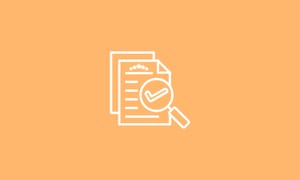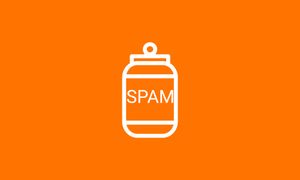So you’ve nailed your website, invested in marketing and your site is getting an exciting number of visitors.
Time to sit back and watch those sales roll in, right?
Chances are if you’ve clicked on this post, most of your visitors are leaving without buying a thing. If that’s the case, then you’re missing the secret sauce and killing your conversions.
But fear not.
The secret sauce has 5 main ingredients and if you mix them well you’ll get product descriptions that will turn those visitors into customers.
Ingredient #1: Read the customers mind
If you’re copying your supplier’s descriptions or worse, barely writing anything at all you’re losing customers.
Descriptions with sparse or generic content can be a real turn-off. How will visitors know they need this particular product if all they have is a picture and some manufacturer information?
The trick here is to put yourself in the customer’s shoes and write content that will answer their questions:
- What can’t they see in the picture?
- What are the benefits of the product or material?
- Why should customers buy the product?
Imagine you’re knocking on someone’s door and have to deliver an elevator pitch for your product. Now turn that into a compelling product description.
Ingredient #2: Be unique
It’s tempting to copy what you know is successful, so a lot of eCommerce businesses check what’s working on competitor sites and replicate it.
But that doesn’t work for a couple of reasons.
The first is that Google’s ‘search bots’ love unique content. Its mission is to give its users fresh and original content so by rehashing other site’s descriptions you’re not giving them what they want.
The second reason is customer perception. If your product descriptions are boring, visitors won’t engage with them. Your descriptions are a big part of your brand identity and a strong brand identity is what inspires loyalty and conversions.
By all means, find out what your top-ranking competitors are doing but use them to inspire you and make your descriptions exciting, compelling, and fresh.
Ingredient #3: Write for both customers and bots
Potential customers won’t read a ton of detailed paragraphs but bots will.
The trick here is to make sure visitors see your key points from ingredient #1 and then include lots of SEO strategy afterwards, ideally, through a ‘more info/read more’ button.
Of course, there will always be at least one human who likes to click ‘more info’. Keep that in mind but for the bots, use long-tail keywords that wouldn’t sit well in your visitor descriptions and other pages.
This ingredient has the double-effect of catching the eye of visitors as well as attracting the attention of Google which will rank your site, products, and pages for the phrases competitor sites aren’t using.
Ingredient #4: Grab attention with your headline
Clickbait headlines have the unfortunate effect of disappointing people. They might drive traffic to a website but when the content doesn’t match the headline visitors leave.
Design your headlines to be clear, simple, and relevant. Here’s what to look for when writing a headline that will convert:
Play on people’s emotions so they can feel something related to the product
Include a CTA in your headline to create a sense of urgency
Depending on your product, refer to one or more of the 5 senses to get imaginations fired up
Don’t be tempted to pack in too many words because your headline will lose its power. Make it short enough to take in quickly using power words that will compel some action.
Ingredient #5: Pay attention to the three ‘Ts’
The three Ts are typos, typography, and testing. Let’s take a quick look at each of them.
Typos
It should go without saying but make sure your product descriptions are free of typos, spelling, and grammar mistakes. Visitors will notice and will assume you’re not a serious business they can trust with their money.
Before you post, get someone with fresh eyes to check they make sense and are free of errors.
Typography
If you want your product descriptions to convert they need to be easy to read. That means limiting the number of fonts you use and being smart with font size, boldface, and italics.
Remember that size matters, both in terms of readability as well as information- hierarchy. Your most important information should grab the eye first and foremost.
Testing
Product descriptions that convert will vary from business to business and product to product.
So you must test different styles to see which ones turn your visitors into customers. Try A/B testing and play with tone, colours, bullet points and text. When you hit upon something that gets traction, apply it to your other descriptions to test the theory.
Keep tweaking your descriptions until you hit upon the right formula for your business and only then can you sit back and watch the sales roll in.
If you haven’t added the secret sauce to your descriptions, it’s time to get to cooking. Don’t feel overwhelmed if you have thousands of pieces of content to rewrite, just pick the ones that matter most and start there.
The hard work really will pay off.






